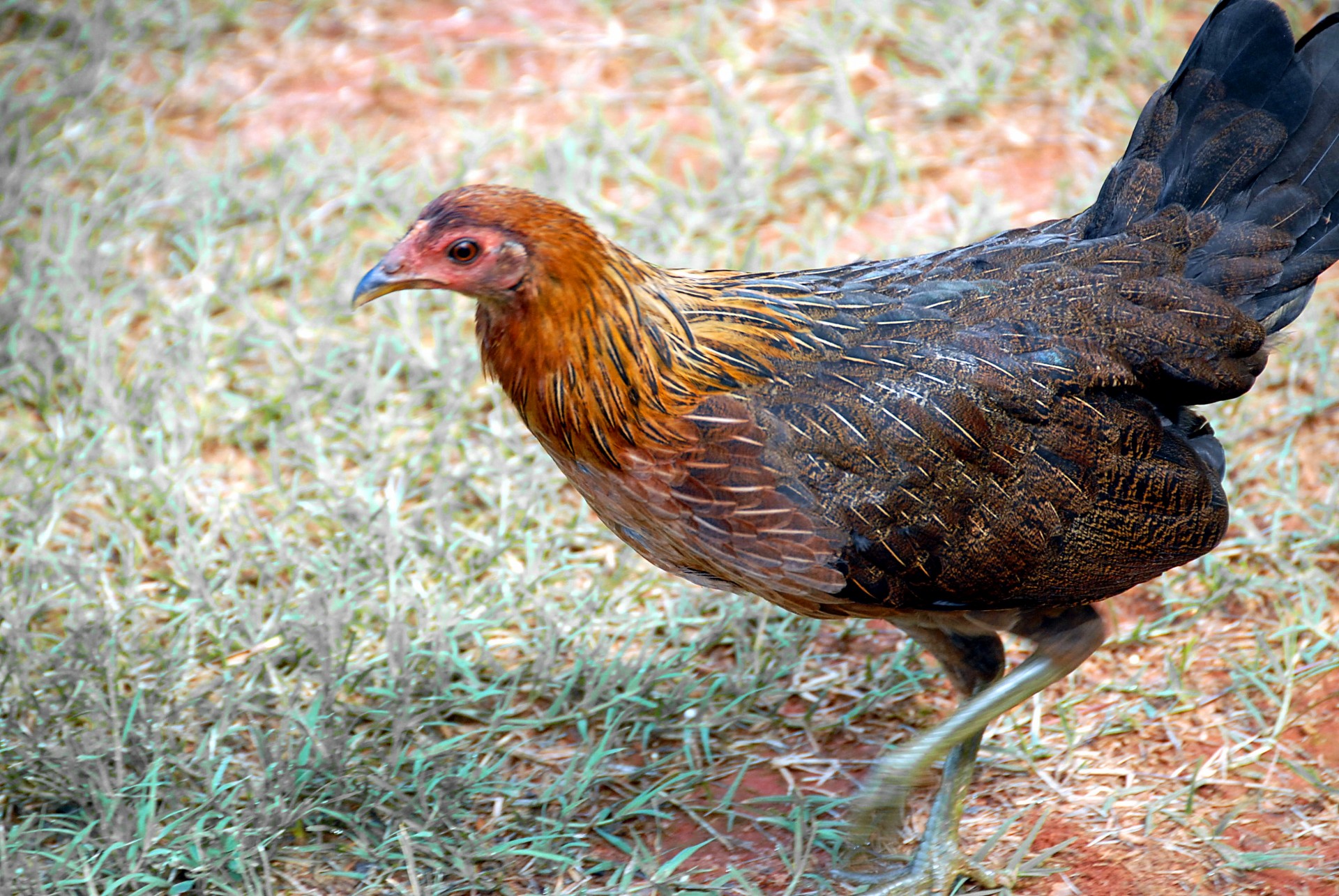
Chickens are among the most ubiquitous domestic animals across the globe, serving as a vital source of sustenance for countless cultures. Their ability to lay eggs has long fascinated humankind, not merely as a means of nourishment but as a remarkable biological process rich with complexities. In this exploration, we shall delve into the intricacies of which chickens lay eggs, and the various breeds that contribute to this phenomenon, while considering why these fascinating creatures captivate our imagination.
The avian world bears a staggering variety of species, yet the domestic chicken (Gallus gallus domesticus) stands out due to its prolific egg-laying capabilities. Not all chickens are created equal in this regard. Traditionally, there are two primary categories of chickens based on their primary purpose: layers and broilers. Layers are bred specifically for egg production, while broilers are raised for meat. Understanding the distinctions between these classifications is pivotal for anyone interested in poultry husbandry.
Among the various breeds of egg-laying chickens, the Leghorn is often lauded for its exceptional productivity. Originating from Italy, Leghorns are known for their high egg yield, often producing over 300 eggs per year. Their hardy nature and adaptability to various environmental conditions contribute to their prevalent use among egg producers. With their white plumage and active demeanor, they exemplify the industrious spirit of poultry farming.
Another breed worthy of mention is the Rhode Island Red, celebrated for both its egg-laying capabilities and its dual-purpose quality as a meat source. Known for its rich, dark-brown eggs, this breed is lauded for its hardiness and resilience. Rhode Island Reds are particularly well-suited to backyard farms. Their calm disposition makes them a popular choice among novice poultry keepers as much as seasoned farmers.
The Leghorn and Rhode Island Red, however, are merely the tip of the iceberg. Hens from the Australorp breed, originally developed in Australia, display remarkable egg production, with averages close to 250 eggs per year. The Australorp’s glossy black feathers and gentle temperament are enchanting, making them a favorite among poultry enthusiasts. The breed’s historic significance and reliability as layers contribute to an ongoing appreciation for their role in sustainable livestock farming.
To fully comprehend the myriad factors impacting egg production in chickens, it is also essential to consider the environmental and behavioral aspects that influence their laying capabilities. Light exposure plays a pivotal role in stimulating egg production. Chickens require approximately 14 to 16 hours of light per day to sustain optimal laying functions. This requirement necessitates careful management in environments with variable seasonal sunlight, as extended periods of darkness can result in decreased output.
Additionally, nutrition significantly affects a hen’s egg-laying efficiency. A balanced diet rich in adequate protein, vitamins, and minerals is necessary for maintaining the physiological functions required for egg production. Layer rations specifically formulated to meet these needs are often supplemented with calcium and phosphorus to bolster eggshell quality, ensuring that the eggs laid are viable for both consumption and hatching.
Equally paramount is the mental and emotional state of the hen. Chickens are highly social creatures that thrive in flocks, and their interactions can influence their laying patterns. Stressors such as overcrowding, adverse weather conditions, and inadequate nesting sites can lead to a decline in egg production. Conversely, an enriching environment that encourages natural behaviors—such as foraging, dust bathing, and social interaction—can enhance overall egg yield and quality.
This interplay between genetics, nutrition, light conditions, and environmental factors creates a multifaceted framework that underscores the complexity of hen reproduction. It is this intricate dance of biology and behavior that empowers chickens to lay eggs, and perhaps this complexity is what sparks human fascination. The cycle of life, encapsulated in the act of laying eggs, serves as a testament to nature’s ingenuity and resilience.
Moreover, the relationship between humans and chickens extends beyond mere utility into the realms of culture, mythology, and symbolism. The egg has held various significances across civilizations, representing fertility, rebirth, and sustenance. From ancient folklore to modern culinary arts, the egg occupies a prominent place in our societal constructs, enriching our lives in myriad ways. The sheer diversity of egg-based dishes across global cuisines illustrates the integral role of eggs in human history—further enhancing our intrinsic interest in the chickens that produce them.
Ultimately, the inquiry into which chickens lay eggs unveils a narrative woven with threads of biological intricacy, cultural significance, and ethical considerations. As we engage with the principles of poultry husbandry, we forge a deeper connection to these remarkable birds and the vital contributions they make to society. Understanding the nature of egg-laying chickens not only satisfies an intellectual curiosity but also underscores the importance of conscientious animal husbandry in promoting sustainable agricultural practices.
In conclusion, whether one is inclined to nurture a backyard flock or is merely an admirer of these fascinating creatures, recognizing the nuances of chicken breeds, care requirements, and the broader implications of poultry farming cultivates a profound appreciation for the harmony of nature. This quest for knowledge ultimately encourages more sustainable interactions and fosters an enduring fascination with chickens and their vital roles in our lives.
